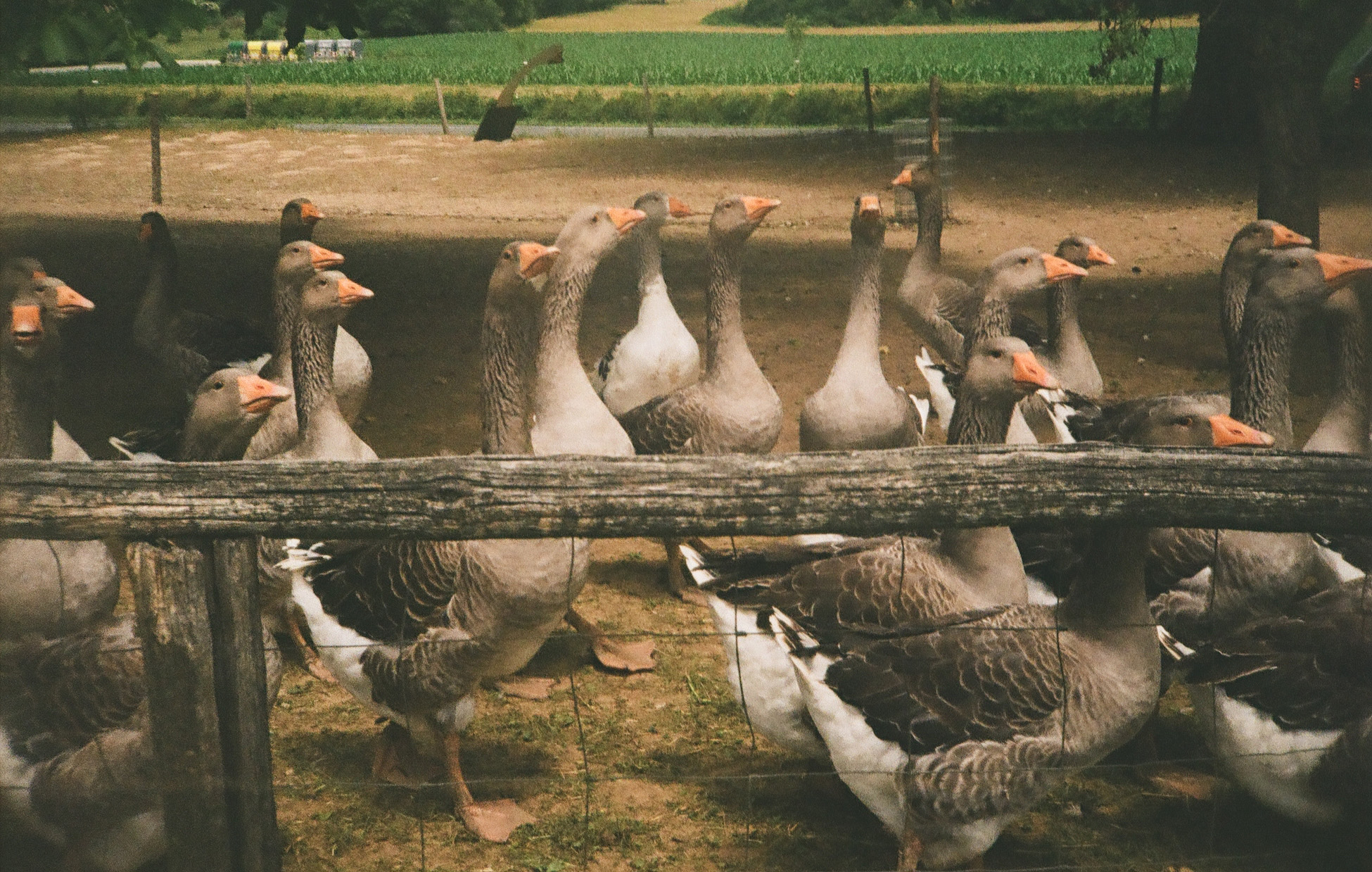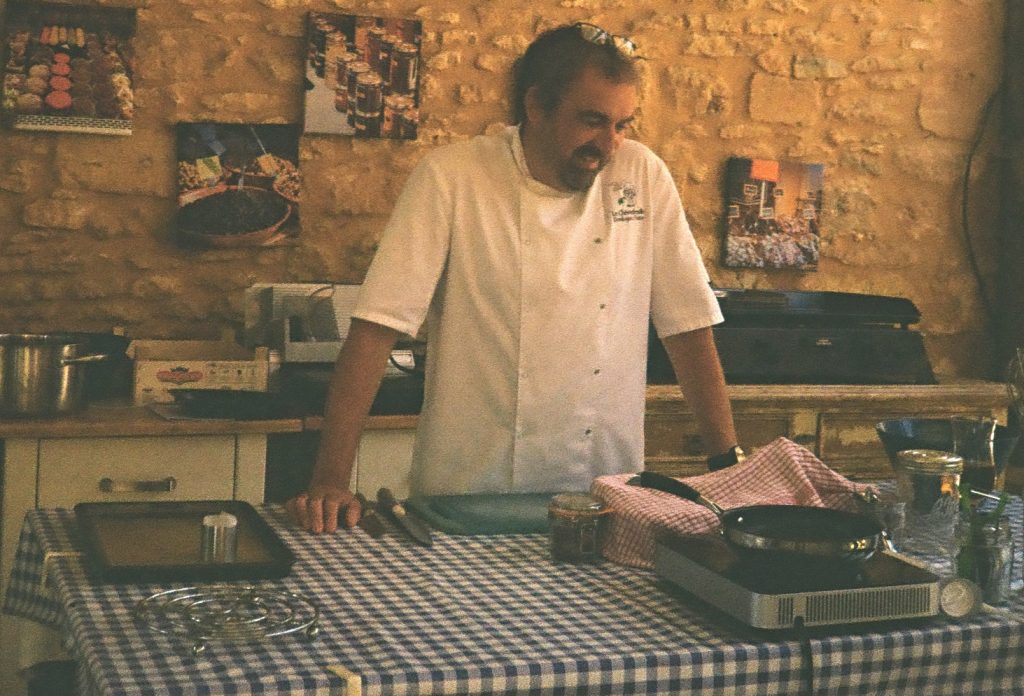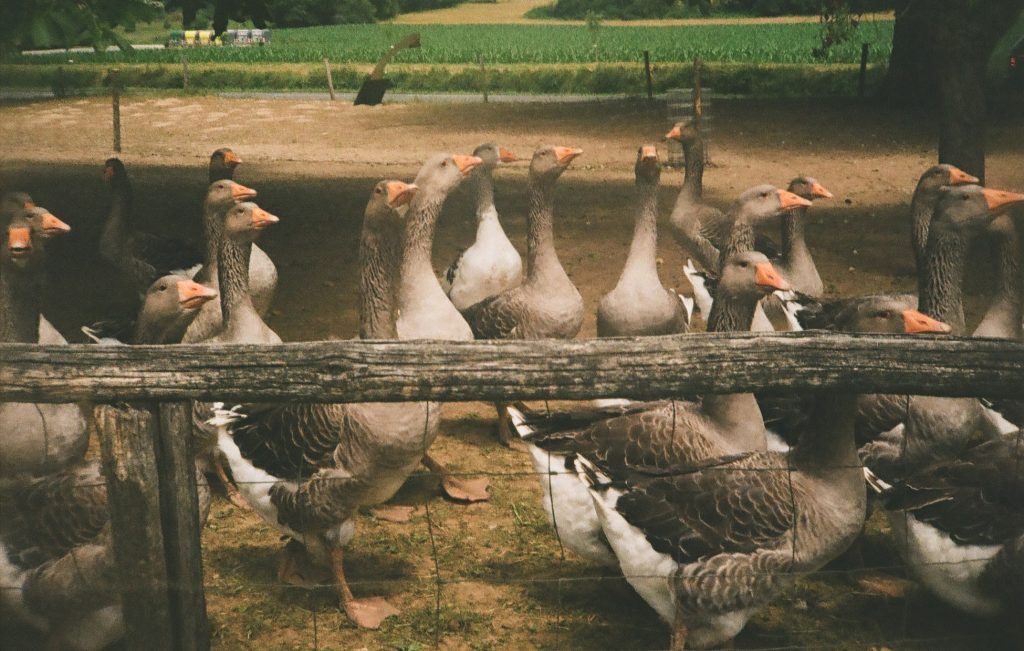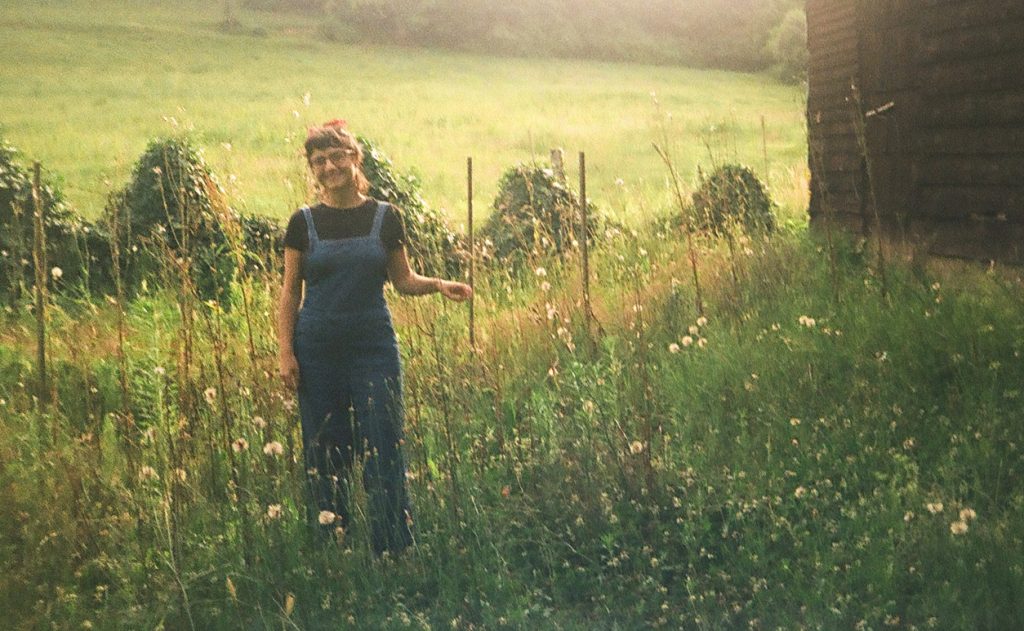
NEXT Awardee Studies Foie Gras Cuisine in France
The Newman Exploration Travel Fund granted me an opportunity to go to France for two weeks to research the production and consumption of foie gras—one of the most hotly contested conflicts in culinary ethics—for a chapter in a book I am writing about the liver. More than any other organ, the liver functions as a totemic food. The liver sits at the intersection of animal ethics, sustainability, sociopolitical prestige, and nationalism. Think about the “liver and onions” of the American working class, the chicken liver pâtés beloved by Jewish migrants, the alleged healing properties of cod liver, the traditional Chinese prescription of chicken liver for menstrual problems, and, of course, foie gras. To understand the cultural heft of the liver, no country is more important than France, the motherland of fatty liver.
The specific destination: Sarlat-la-Canéda. In her book Contested Tastes, foie gras cultural expert Michaela DeSoucey described this tiny, medieval town in the Southwest as the “Disneyland of foie gras.” Mark Caro, a journalist who wrote The Foie Gras Wars, also wrote about visiting Sarlat, describing it as a “one big water-fowl appreciation enclave.”
I was not disappointed. Arriving in Sarlat by train in June, I immediately experienced what they were talking about. The town was fully committed to goose and duck organs, particularly their canned and refrigerated livers, not to mention children’s toys, knick-knacks, and even fixtures of geese holding light bulbs in their mouths.
Surrounding the town are some two hundred foie gras farms, most of which cater to the nostalgia of tourists who want to experience “authentic” French culture. However, at the time of my visit, many of these farms had recently closed to the public due to avian influenza outbreaks.
Sarlat is also home to Rougié, the world’s largest foie gras producer. In the center of Sarlat’s plaza, hordes of tourists were taking photos of the three bronze geese Rougié had donated to the town. I found this strange—shouldn’t the whole shtick of “authenticity” in tourism shrivel with the celebration of an industrial monolith like Rougié? In preparation for the trip, I had interviewed Dominic Hofbauer, the animal ethics educator with the French anti-cruelty organization L214 (previously known as “STOP GAVAGE”). He told me that in France, foie gras was once reserved for the holidays or other special occasions. But now, nearly any French person can access foie gras, yet it’s still marketed as rare and special. “It’s the game-play of wealth and privilege.”
Like the poultry industry in the United States, Rougié contracts tasks between hatcheries, raisers, feeders, slaughterhouses, and processors. No visitors. No tourism. For obvious reasons, I couldn’t get in. The fetishized heritage of a place like Sarlat is apparently dissonant with its industrial reality.
In my first few days, I tried getting to know the layout of Sarlat. It looked a lot like walking in circles until I stumbled into people who might know a thing or two about Sarlat’s livers. I conducted interviews with vendors, farmers, tourists, artists, and tourism workers. I tried foie gras myself for the first time. (It tasted like metallic fat.) During the Saturday morning market, additional vendors came in from neighboring towns and villages, bringing a new plethora of other animal products.

The vendors at the Rougié storefront did not speak with me about where they got their meat products. I carefully studied their advertising, which only referred to “local” ducks that were protected by the geographical indication. As a result, and unexpectedly, the concept of “geographical indications” and the legal regulations that enforce them became a central part of my research. These labels promise regional “authenticity,” in this case, from the Perigord. Most vendors expressed enthusiasm for this protected label which is meant to ensure the reputation of produce like foie gras from Perigord. Ironically, most vendors also did not know (or tell me) who raised the birds and whether or not it was an industrial or small-scale process. In other words, the vendors were not necessarily involved with raising the ducks or geese at all.
After several days of interviews, I participated in a cooking class at Le Chèvrefeuille, a guest house in the little village of St Cyprian. The chef started the class by systematically defending foie gras but admitting that some aspects of the industry are problematic. He argued that force-feeding is not fundamentally wrong: “If you sit around watching football, eating crisps, and drinking beer, your liver will also be fatty.” However, he said, it becomes wrong when industrial interests exceed those of quality products and the animal’s welfare.

In France, he said, there are very high standards for quality. In his village, people refuse to buy out-of-season fruits at the grocery store. He described the outrage of many French people when it comes to the United States meat industry.
Because of the bird flu plaguing France over the summer, many poultry farms were not allowing visitors. According to the European Centre for Disease Prevention and Control, European farmers and industries, mostly in France (68%,) had to cull 46 million birds by June of 2022, both commercial and wild. For this reason, I considered myself lucky to visit Elevage d’Oies des Granges, a family-owned goose farm in Tursac.

Interviewing part-owner and farm worker Simon Carbonnaire, I got a sense of both his lived experience as a small-scale farmer and the politicization of France’s gastro-tourism industry. He expressed criticism of industrial-scale foie gras production and explained the difference between raising geese and ducks. This distinction became very important over the course of the research because ducks have become the industry gold standard for foie gras in both France and the United States over the last half-century. But before that, geese were the ones getting stuffed. Simon was concerned that there would be no foie gras for Christmas this year due to avian influenza. Simon described every aspect of his foie gras production process, including how he grows and dries his own feed, how he raises “the little ones,” how he practices gavage, how he slaughters them, and how he prepares the conserves. He showed me around the farm, and I got to meet the geese.
I spent nearly a week with Madame Kristine Thierry Cluzel on her former foie gras farm, now a guesthouse, Le Pigeonnier. Because of avian influenza and her own health problems, which her doctor ascribed to feather allergies, she discontinued raising birds and now mostly sticks to walnuts and rabbits, and hosting French-speaking guests. Spending time with her family and several older couples, I was able to glean more about the longstanding rural traditions of the Perigord region. They took me out to dinner one evening. Sandwiched between two women, I paid close attention to how they treated their foie. Both ordered the ‘Perigord Salad,’ a dish that comes with duck sausage, greens, and two pieces of toast; one with Rocamadour cheese and one with foie gras. The first woman ate her foie gras first. The second saved her foie gras for last.

Leaving the Southwest, I stopped in Bordeaux for several days to learn about the history of wine in the region. On the way, I noticed that gas stations, train stations, and museums all sold foie gras as well. Because the liver is often associated with alcohol in popular culture, I was ready to learn about the relationship between human consumption of alcohol and fatty liver disease (in humans) by visiting the La Ciudad del Vino. In Paris, I visited the Louvre, which houses early depictions of foie gras production on ancient Egyptian tablets.
Beyond the obvious controversy of the gavage, or force-feeding, foie gras symbolizes deeper questions about our globalizing world. One must wonder, why is foie gras worth the battle? The rise of nationalism demanded the re-purposing of shared patriotic symbols, like flags, anthems, parades, which help foster a feeling of solidarity and belonging. Emblems establish identity. Foie gras has become such a symbol. As France confronts increased tensions over immigration and nationalism, the desire to cling to “traditions” likewise increased. DeSoucey coined the term “gastronationalism.” In 2006, in response to push-back from activists and anti-foie gras members of the European Union, France enacted laws to protect the production of foie gras. This inevitably leads to questions: Can national traditions be challenged? Is selling terroir—the unique taste of a place—sustainable? Can we call any part of Sarlat’s Disneyfication “natural?” Science extends these questions. Would biohacked foie gras—foie gras without force-feeding—qualify as “traditional”? What if livers can be lab-grown—force-fed or otherwise—for purposes both culinary and medical? These are the questions that I continue to massage though as I explore the liver in the culinary arts.
All photos courtesy of Donna Vatnick and taken with an Agat 18k 35mm half-frame camera.
